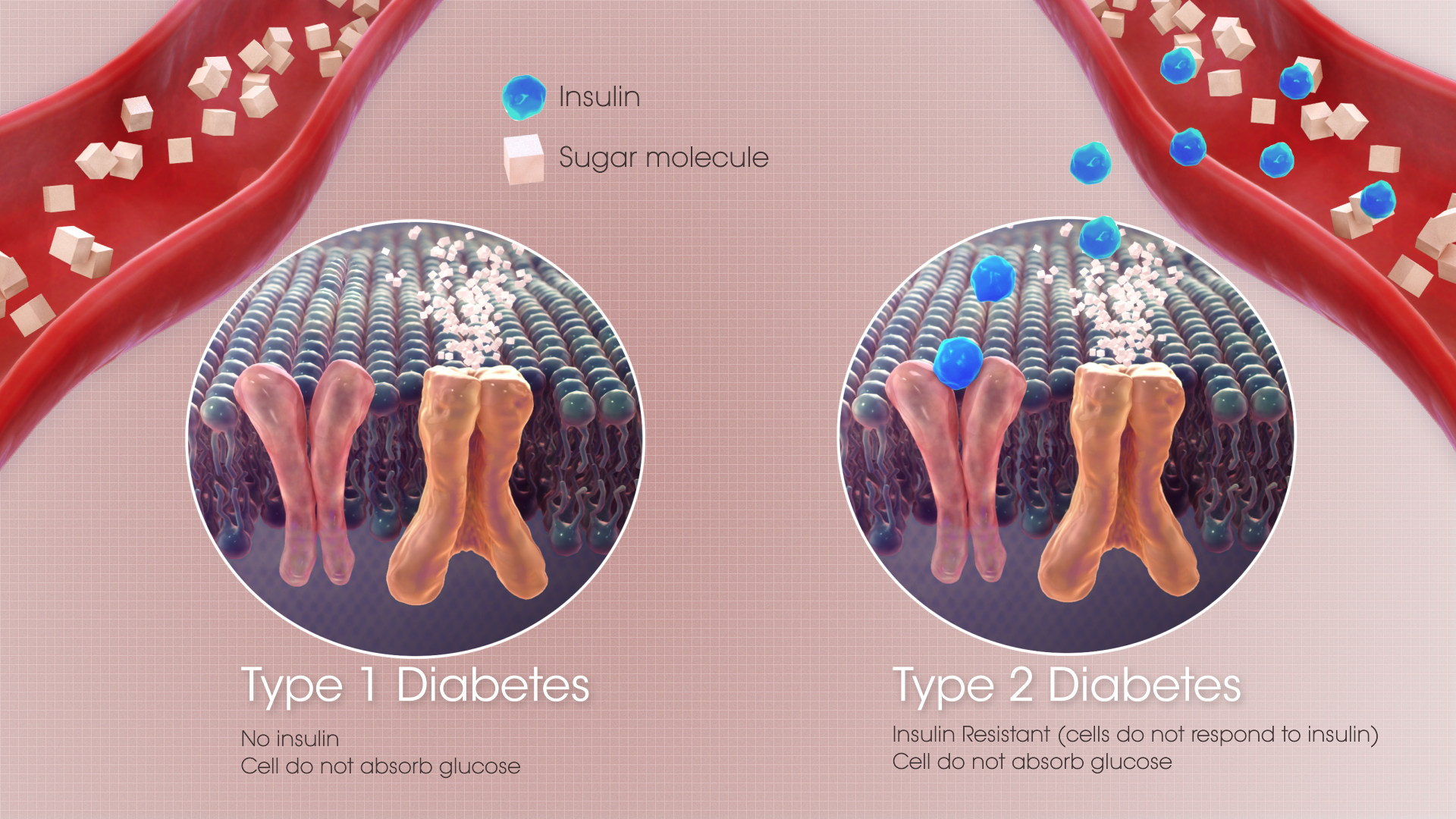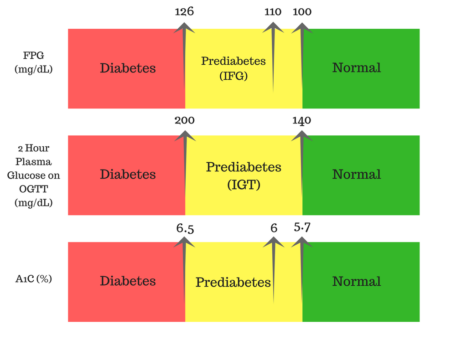Is Prediabetes even a thing?
It hasn’t been very long since doctors started using terms like ‘prediabetes’ or ‘borderline diabetes’, to indicate the state of a person during the period before he/she becomes plainly and clinically diabetic. Unfortunately, the terminology is quite vague as it doesn’t clearly state anything. A person diagnosed with prediabetes is, in all probability, likely to ask whether it means he is going to have Type 2 diabetes, or if the diagnosis implies that he’ll definitely get Type 2 diabetes, or wonder whether it suggests that he is at no risk at all.
The answer to all of these queries is No.
Prediabetes condition simply means that you don’t have Type 2 diabetes at the moment, but you do need to act now if you want to avoid it.
The “pre” in prediabetes can make it seem like a harmless condition in comparison to diabetes. However, a review published in November 2016 in BMJ found that prediabetes is associated with an increased risk of cardiovascular disease, even when the lowest thresholds were used to diagnose prediabetes. Doctors have even proposed to changing the name “prediabetes” to “stage 1 diabetes” to highlight the seriousness of the condition. But there is another set of people who argue that the term is too broad to worry about and even take medication for because the condition may never turn into diabetes at all.
Among international organizations, there is no consensus on the definition of prediabetes, but most use blood glucose levels to determine risk. The American Diabetes Association (ADA) has a lower threshold for diagnosing prediabetes than most other organizations. The World Health Organization (WHO) recommends not using the term in order “to avoid any stigma associated with diabetes and the fact that many people do not progress to diabetes as the term applies.” It rather uses the term “intermediate hyperglycemia” to describe blood sugar levels that fall between the normal range and the diabetes range instead.
While the debate continues, diagnosis is important
You can stop diabetes before it begins only if you receive care and start taking serious precautions timely. Research suggests that prediabetic patients are at a 50% higher risk for cardiovascular disease and stroke.
The American Diabetes Association (ADA) recommends that blood glucose screening for adults begin at age 45, or sooner if you are overweight (BMI>25).
There are various blood tests for diabetes.
- Glycated hemoglobin (HbA1C) test measures the percentage of blood sugar attached to the hemoglobin (oxygen-carrying protein) in red blood cells.
- Fasting blood sugar test, also called Fasting Pharma Glucose (FPG) Test checks the glucose level in the blood after overnight fasting.
- Oral glucose tolerance test (OGTT) tests diabetes during pregnancy. The first blood sample is taken after overnight fasting. Then the patient is made to drink a sugary solution, and the blood sugar level is measured again after two hours.
For the estimated 54 million Americans who have prediabetes, the good news is that most of them can prevent their conditions from getting converted to a full-fledged Type 2 diabetes, just by regularly sticking to a moderate exercise routine and following a healthy diet. In fact, by doing so, many of them might even be able to return their blood glucose levels to normal. For patients above 60, these interventions are even more effective; the risk of diabetes goes down by 71%. And, needless to mention, regular exercise and a healthy diet can keep people from acquiring prediabetes at the very first place.
The window of opportunity to prevent or slow the progression of prediabetes to type 2 diabetes is about 3-6 years.

MODY Diabetes
Maturity Onset Diabetes of the Young or MODY is a rare form of diabetes mellitus. It occurs as a result of mutation in one of the 11 genes and is very different from Type 1 and Type 2 diabetes. The risk of developing type 1 and type 2 forms of diabetes is related to multiple genes. Read More..

Conditions Associated With Diabetes
This serious condition of high blood pressure often affects people with type 2 diabetes. High blood pressure is the second most important symptom to control in diabetes after blood sugar. The reason behind the significant correlation between the two diseases is a mystery Read More..










